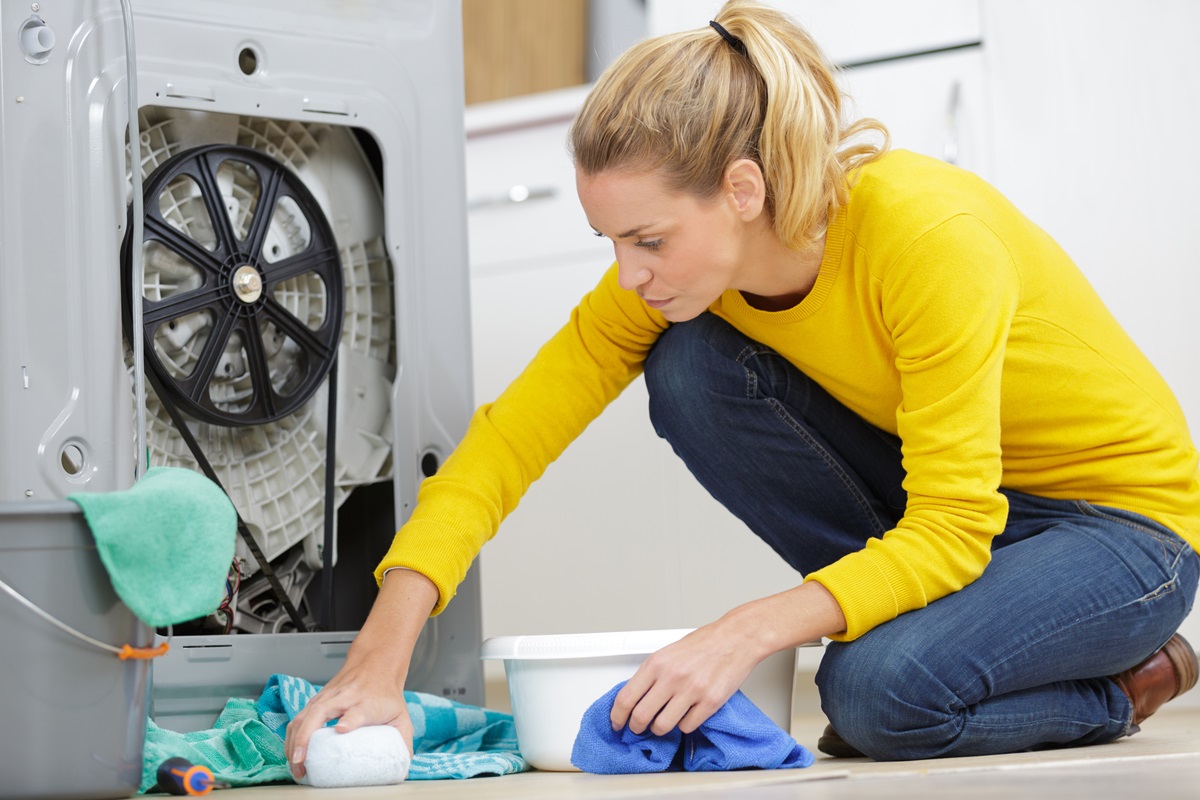
Got Recalled Consumer Products? Follow These Steps to Keep Your Home Safe
Last year was a record-breaking year for recalls. More than 1 billion units of food, drugs, medical devices, automobiles, and consumer products were recalled in

Last year was a record-breaking year for recalls. More than 1 billion units of food, drugs, medical devices, automobiles, and consumer products were recalled in
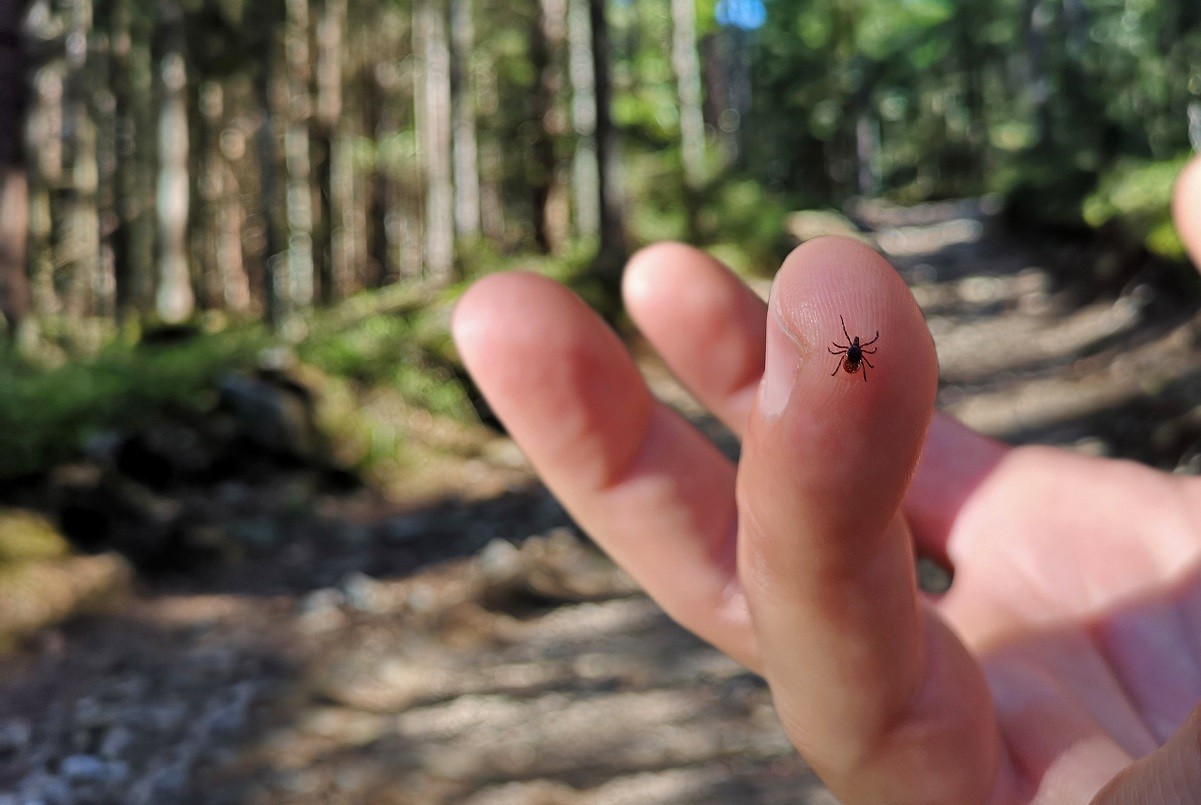
For most of the country, ticks are a threat to health and outdoor living spaces from March to October. Unfortunately, in certain areas such as

Do you have more than three computers in your home? According to the Cybersecurity & Infrastructure Security Agency, one of those computers has malware on
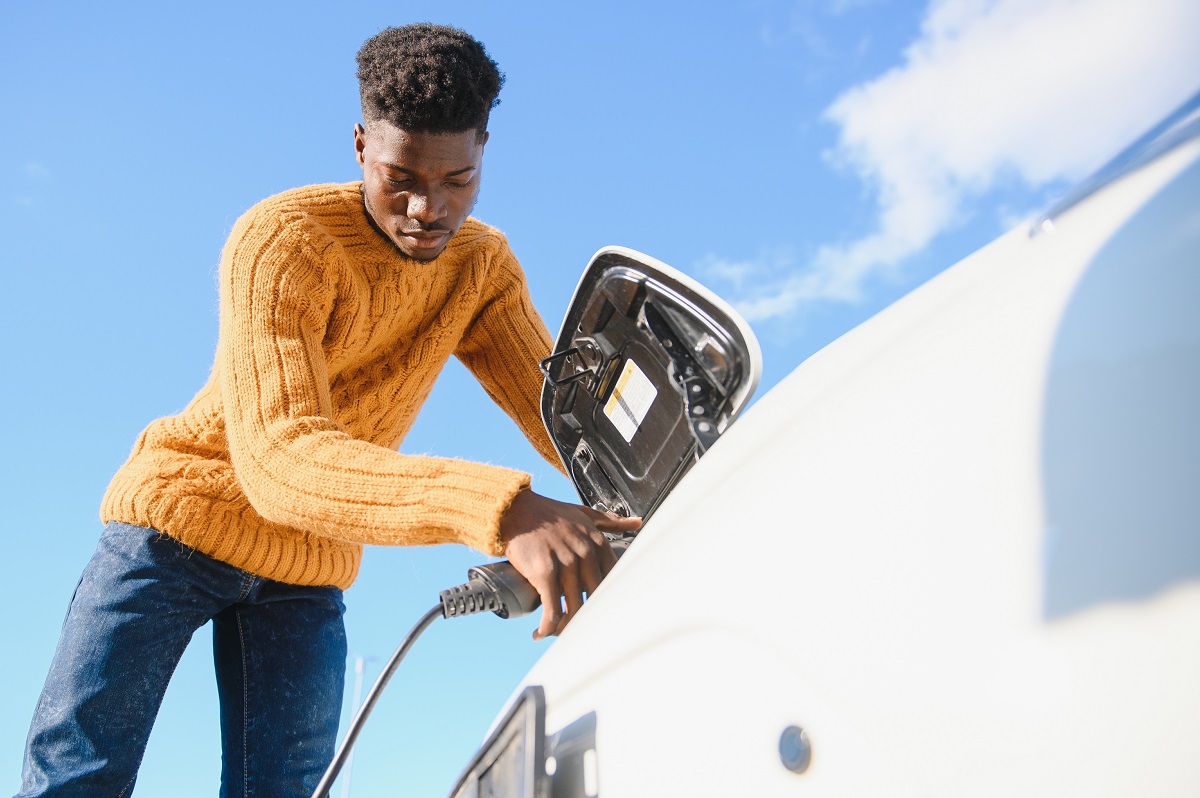
Electric vehicles (EV) are quickly becoming mainstream. According to the Argonne National Laboratory, more than 3.4 million EVs are on American roads today, and they
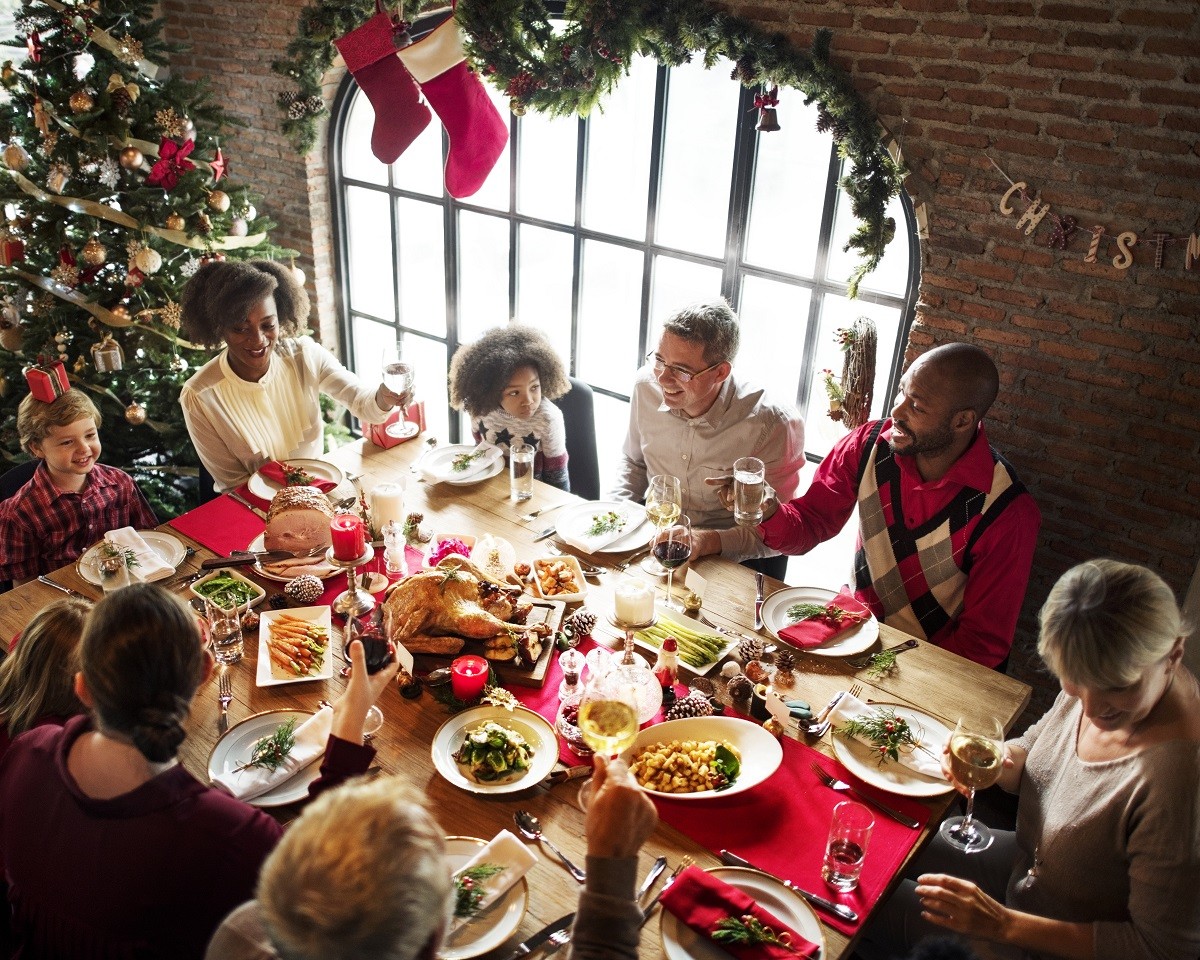
How do you spend your holidays? If you said “hosting family,” then you’ll need to get your home ready for your holly-est and jolliest family
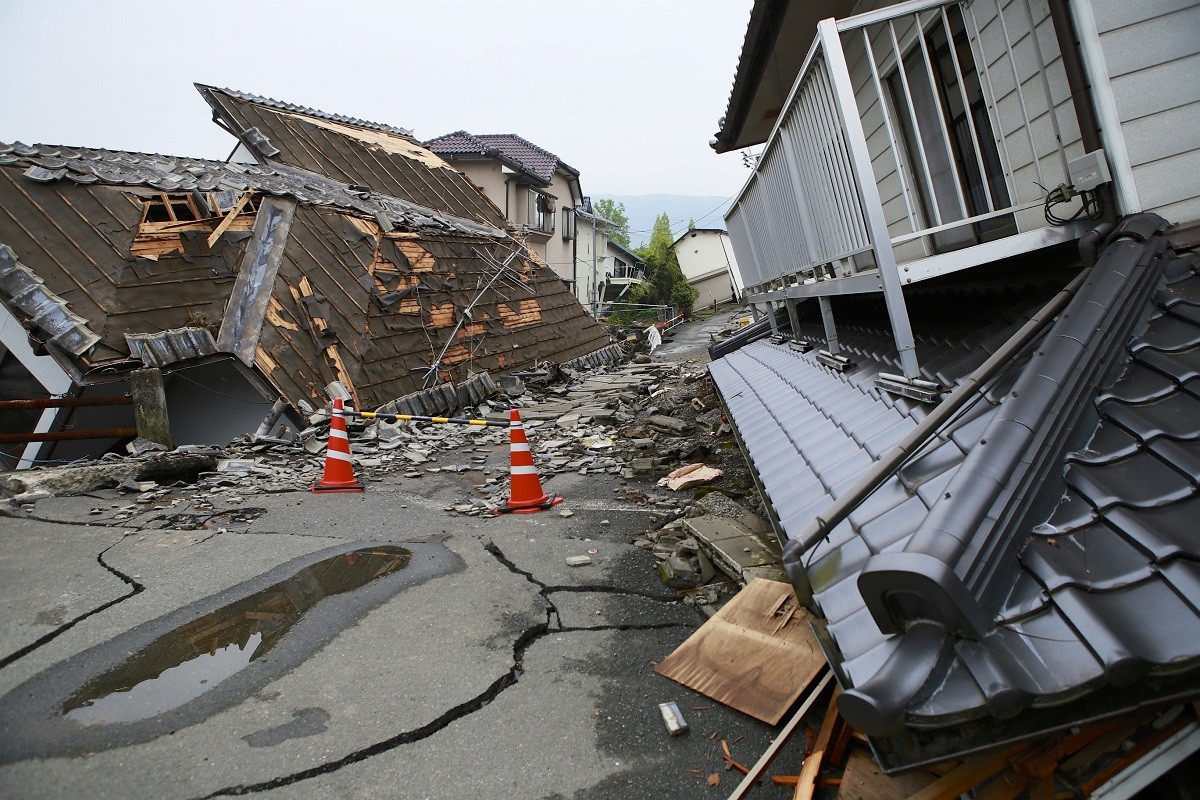
The ground thunders. Your world shakes, and your home can crumble around you. What can you do to stay safe during an earthquake? Preparation is
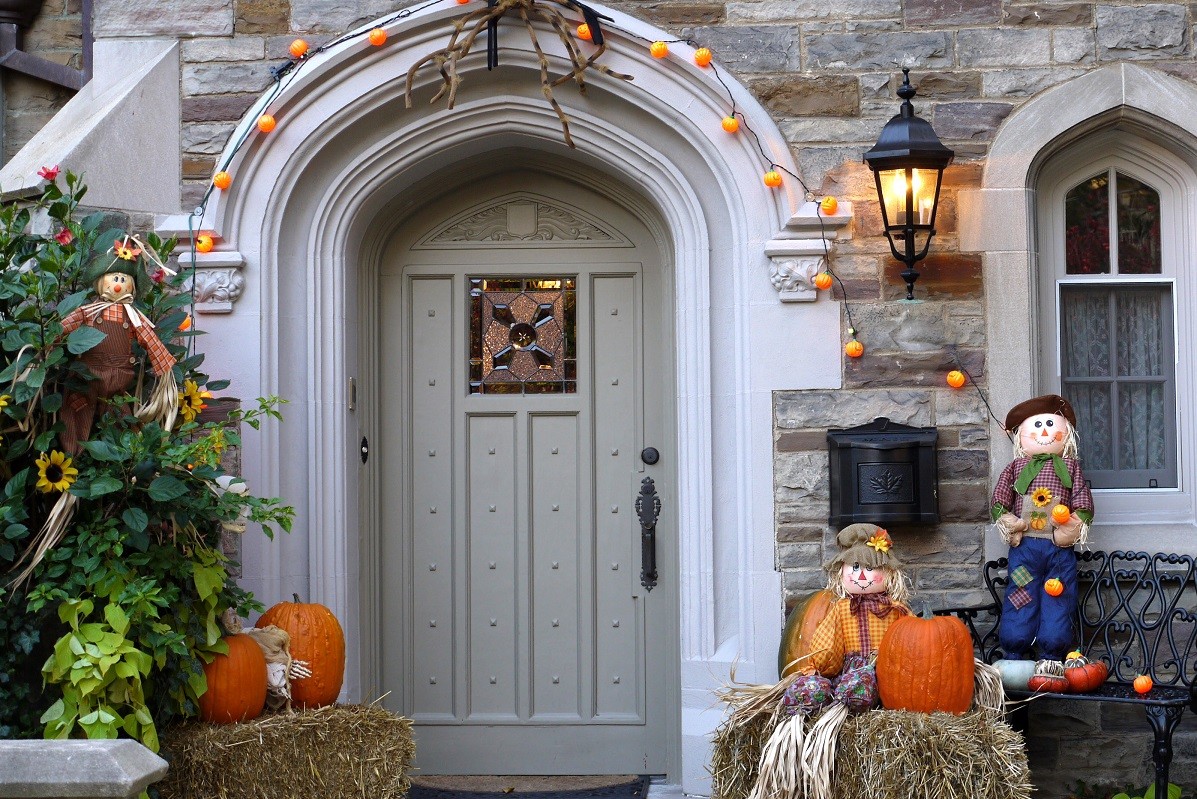
It’s fall, which means it’s officially Halloween season! Between sipping pumpkin spice lattes and going leaf peeping, you may also like to transform your house
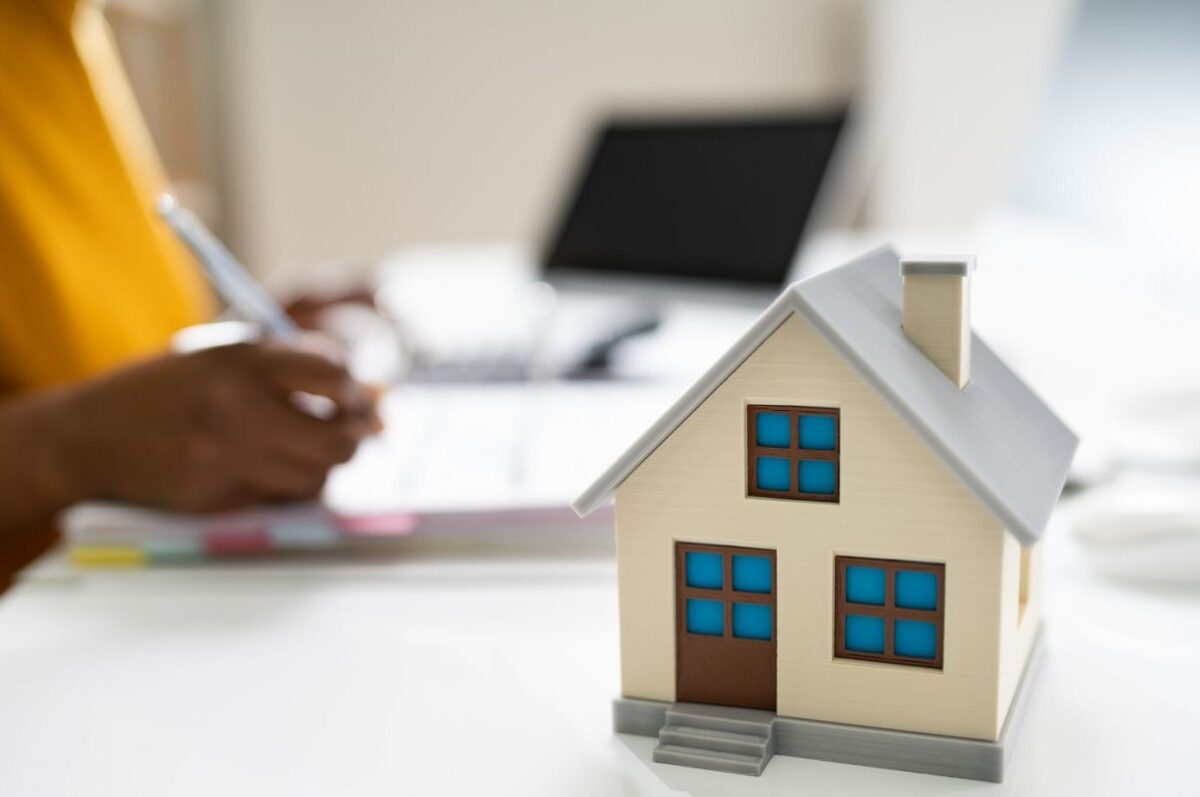
Rising utility bills, rolling summer blackouts, and the drastic effects of climate change have led many to wonder, “What can I do to help lower
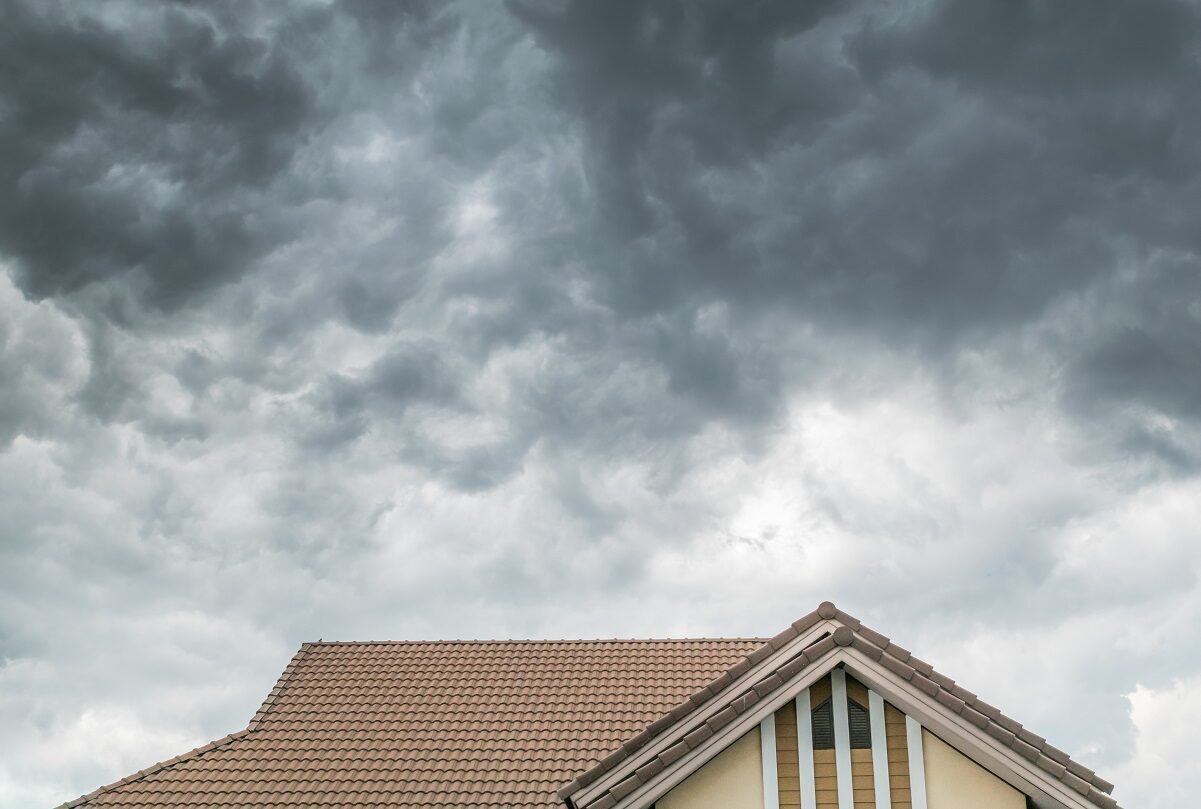
Last October, one of our team members returned home from a vacation to find three inches of water in her basement. Unfortunately, her water heater,
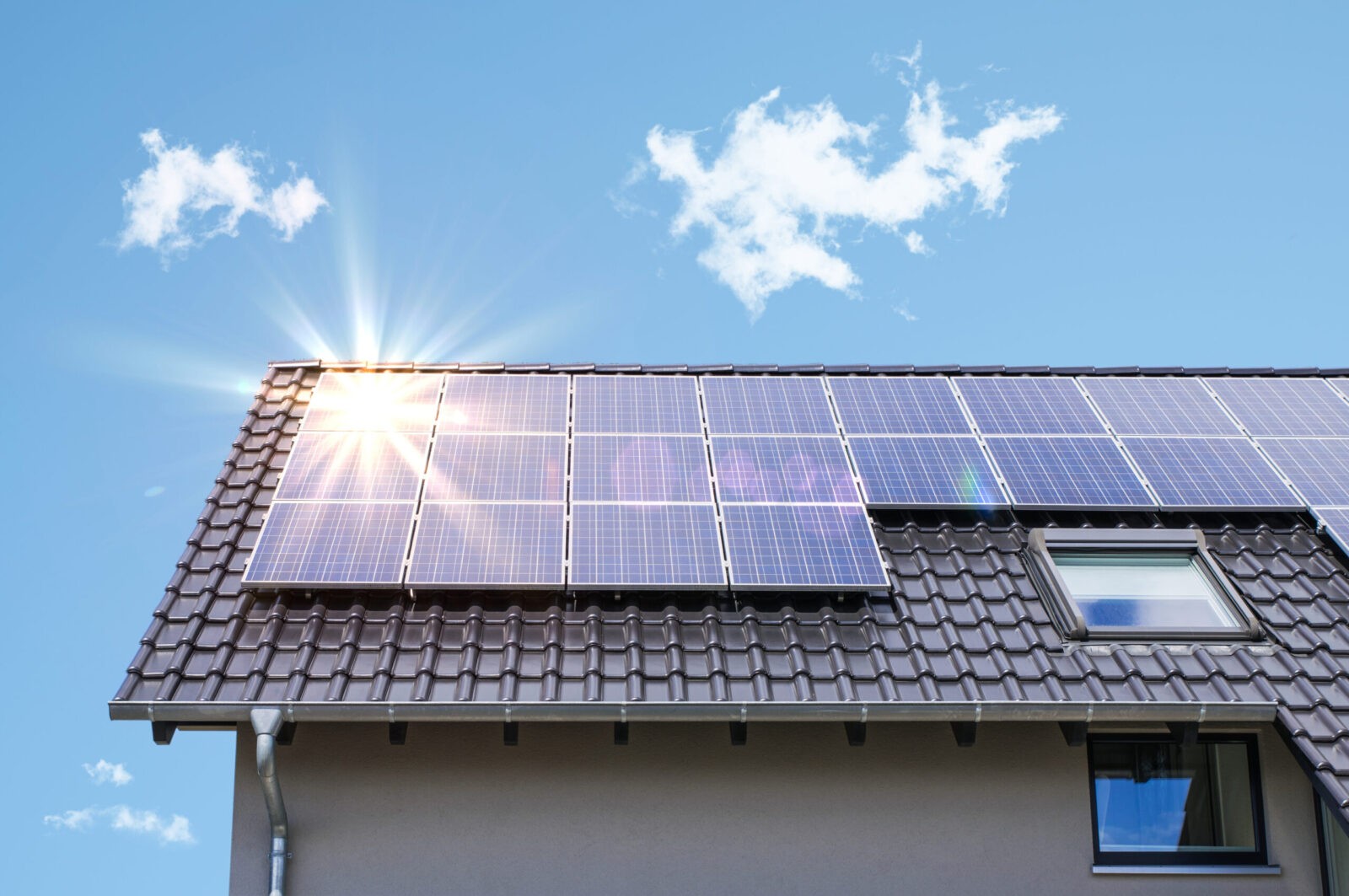
In 2020, solar energy accounted for 3% of the U.S. electricity generation. The U.S. Energy Information Administration projects that it will account for 5% of U.S. electricity
Copyright 2025 vipHomeLink Holdings, Inc. – All Rights Reserved | Patents Pending